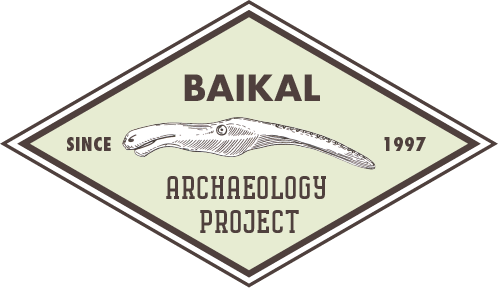Elk are common in forager archaeological artwork of northern Eurasia. During the Middle Holocene, the peoples of Cis-Baikal produced numerous elk depictions in rock art and mobiliary items. Most of the rock art has now been destroyed. However, Cis-Baikal’s cemeteries and habitation sites are increasingly well documented, with the former generating numerous elk images. To better understand this imagery, we first discuss elk biology and behavior. We then contextualize the imagery within other forms of archaeological data, including cemetery location, dietary patterns, and human population changes and dispersals. We integrate these findings with a model of northern Eurasian forager cosmologies and ideologies. Elk were not a dietary stable in Cis-Baikal. Instead, diets often had a substantial aquatic component, and red deer and roe deer were the most commonly used ungulates. All of Cis-Baikal’s Middle Holocene cemeteries were located near bodies of water. Elk’s ability to cross a fundamental boundary, that between the terrestrial and aquatic worlds, resulted in these animals being considered liminal beings. The elk depicted perhaps were cosmological forces, transporting the souls of the dead to the underworld. They also may have been constituted a generative life force and assisted souls in returning to the living world.


